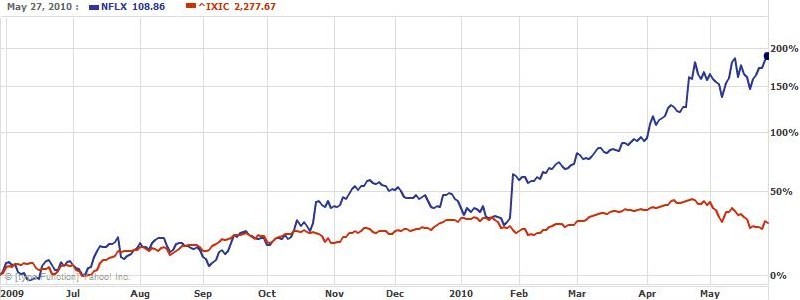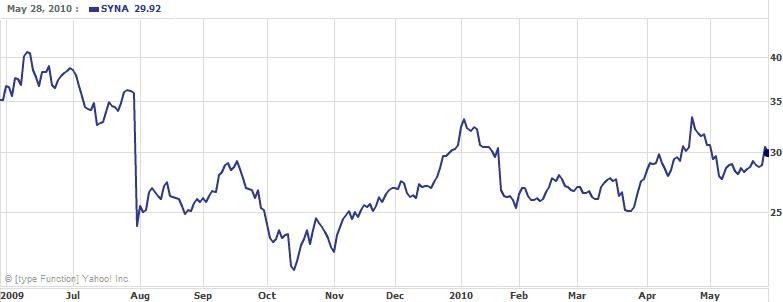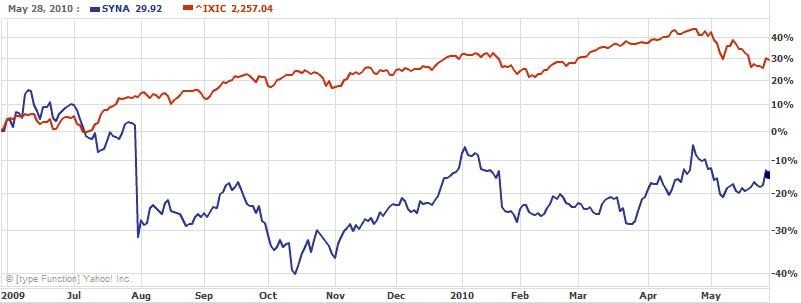 Invest Intelligence When It Realy Matters
Invest Intelligence When It Realy Matters
4 Stocks Poised to Move Big
I don’t make it a habit of analyzing short interest data. However, I always check the data when I initially scan a security because it can help when analyzing the charts.
Of course, if I want to design an entry/exit strategy, it becomes very important to know the short interest and the short interest ratio of the security in question.
Over the past few days, I managed to run across four stocks that stuck out like a sore thumb due to their high short interest ratio, all of which appear (on the surface) to be fundamentally sound.
If a company is sound, why would investors take short positions?
Investors take short positions for a variety of reasons.
Sometimes you can determine why the stock has a large short position.
Other times, there are no clear reasons because it will depend on the investment strategy of the funds that have taken short positions.
While there are numerous reasons investors take short positions, the four most common are:
(1) To bet on an earnings disappoint, downward guidance or revision
(2) Extreme overvaluation
(3) To hedge other positions in the portfolio
(4) As part of a long/short strategy (which can also include number 3)
When there is no obvious reason for a large short position, I have found that it is often due to extreme overvaluation or a large run up in shares. The higher a stock rises, the more optimism has been priced into the stock. And if it disappoints, shares could tumble.
Of course there are many other reasons why short interest can be high.
When analyzing short positions, you should also look for the duration of the short interest as well as the trend of decreasing or increasing short shares. In other words, you want to know how many shares have been short over the past 6 or 12 months.
On the other hand, regardless of the situation, it is rare for the short interest to be high if the company is a megacap, like Microsoft (although large caps on occasion can have a large short interest ratio)*
*A specific case that comes to mind was that of Tyco. This was previously a company hailed by virtually every fund and money manager on Wall Street.
Many called fund managers were calling Tyco the next GE. However, in early 2002 at a price of $55, I made the call that it would collapse after studying the trailing 12-month short-interest data.
My determination was also based on suspicions of massive accounting fraud. Over the next seven months, shares collapsed to around $12.
Below you can see where I have included the 1-for-4 reverse split in 2007 so you can understand the historical performance of shares.

When a stock has a large short interest ratio, it (often) means those who have taken a short position expect the stock to decline due to some event. Sometimes, investors simply pile onto the shorts due to a follower effect.
However, just because the short interest ratio is high does not mean the stock will fall hard. If something unexpected happens that causes the stock to rise, the shorts will rush to cover their position (or close the short). This will create an accelerated buying spree that will often cause they stock to soar. This is of course known as a short squeeze because the shorts get squeezed out of their position.
Thus, some investors buy stocks than have large short interest ratios, hoping for a short squeeze. Of course, sophisticated investors don’t blinding go long hoping for a squeeze. They most often have other information that leads them to believe that the shorts have misinterpreted or exaggerated their analysis.
A short squeeze is more frequent with small or micro cap stocks, especially when the float is small.
There are many things that can cause a stock to rise. First, the shorts might be wrong. Instead of a big earnings miss, the company might report a huge upside. But even a rising stock market can cause they stock to rise. However, when funds short a stock they usually adjust for potential market movements so as to offset this possibility. This can be accomplished in many ways. I don’t want to stray off of the topic so I won’t go into that.
In this article I am going to briefly discuss these stocks.
I will follow up with an analysis of each, identifying the best candidate for a short in the June issue of the AVA Investment Analytics newsletter.
The four stocks with large short interest ratios are Netflix (NFLX) at 27.5%, Synaptics (SYNA) at 44%, Coinstar (CSTR) 24.9%, and Constant Contact (CTCT) at 30.1%.
One could argue that each firm is strongly positioned within their respective industries. In fact, you could even argue that each is an industry leader. This is one reason why I found it noteworthy that each had a large short interest.
So what I plan to do is give you a brief commentary on each one and let you decide whether you want to play the short or the squeeze, or maybe just do nothing at all and watch what happens.
Netflix, Inc. (NFLX) is in the driver’s seat of the video rental industry. Great management, a formidable strategy, superior cash management and brilliant execution took this once small business and made it into a multibillion powerhouse in less than 15 years.
You might want to read a recent article I wrote which discussed predictions I made a few years ago regarding NFLX and Blockbuster.


Synaptics, Inc. (SYNA) is the world leader of interface solutions for digital devices. Chances are high that your laptop computer uses Synaptics touch pad. Synaptics also provides touch pads for smart phones, MP3s, video and many other devices.
If you happen to follow this stock, you might recall shares collapsed overnight a few years ago after Apple announced it would not be using Synaptics any longer. Historically, SYNA has had an off and on relationship with Apple.


I will finish this analysis in the June 2010 issue of the AVA Investment Analytics newsletter, along with many other topics.